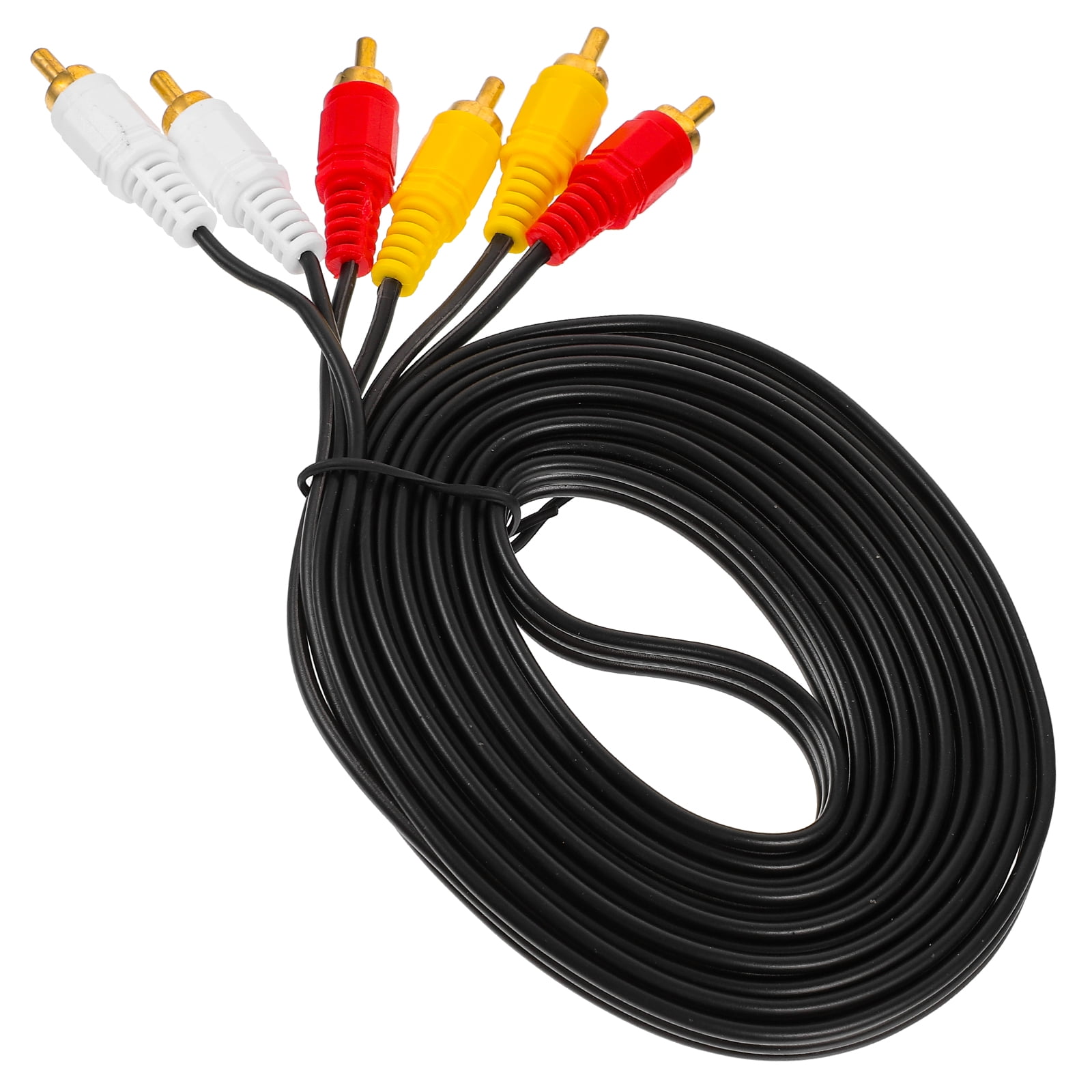Harmonizing Traditional Systems utilizing Cutting-Edge Audio Connectivity Solutions for Enhanced Efficiency and Flexibility.
Harmonizing Traditional Systems utilizing Cutting-Edge Audio Connectivity Solutions for Enhanced Efficiency and Flexibility.
Blog Article
In the current rapidly evolving world of audio technology, the need to improve efficiency and adaptability in sound solutions is increasingly crucial than ever. Numerous entities and venues still depend on outdated technologies, which are antiquated technologies that may fail to have the features of modern devices. However, harmonizing these outdated systems with cutting-edge sound networking technologies can lead to significant improvements. Sound communication enables for improved communication between devices, allowing it simpler to control and operate sound across various spaces.
A of the key advantages of integrating outdated technologies with contemporary audio networking is increased flexibility. Conventional audio systems often require complex wiring and restricted pathway options. With sound networking solutions like Dante or AVB, audio signals can be sent over conventional Ethernet cables. This means that operators can easily link various devices without the requirement for extensive rewiring. Regardless in a performance venue, a school auditorium, or a business event, this adaptability enables for quick modifications and changes to the sound configuration without major downtime.
Performance is a further major factor that enhances when older technologies are upgraded with current communication technologies. Legacy technologies may struggle to deliver superior audio, especially in bigger spaces or during challenging events. By adopting sound networking, organizations can leverage of advanced features such as minimal delay, synchronization, and digital data processing. These advancements help guarantee that sound is distinct and consistent, improving the overall experience for listeners and artists alike. This transition can create a marked difference in how audio is experienced in various environments.
Additionally, integrating legacy systems with contemporary solutions browse around this website can lead to cost savings in the extended term. While upgrading to novel devices may require an initial investment, the effectiveness gained through sound networking can lower maintenance costs and decrease the requirement for ongoing repairs. Additionally, connected technologies often require fewer tangible space than conventional installations, which can save on real estate expenses in locations. Organizations can allocate resources better efficiently, using the savings they retain to allocate resources in other important fields.
Lastly, training staff on the method to operate integrated systems becomes simpler with audio communication. Numerous modern audio communication systems come with user-friendly interfaces and distant management capabilities. This means that including those who may not extensive technological expertise can be trained to operate and operate the audio solutions effectively. Training initiatives can be developed around these solutions, enabling staff to maintain and troubleshoot technologies with assurance. By blending the legacy with the modern, organizations can create a more competent and skilled team, in the end leading to improved sound outcomes for all involved.